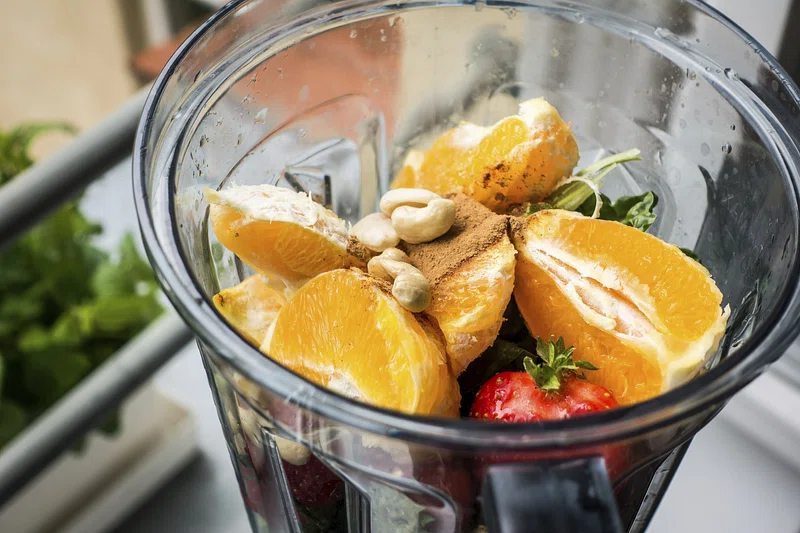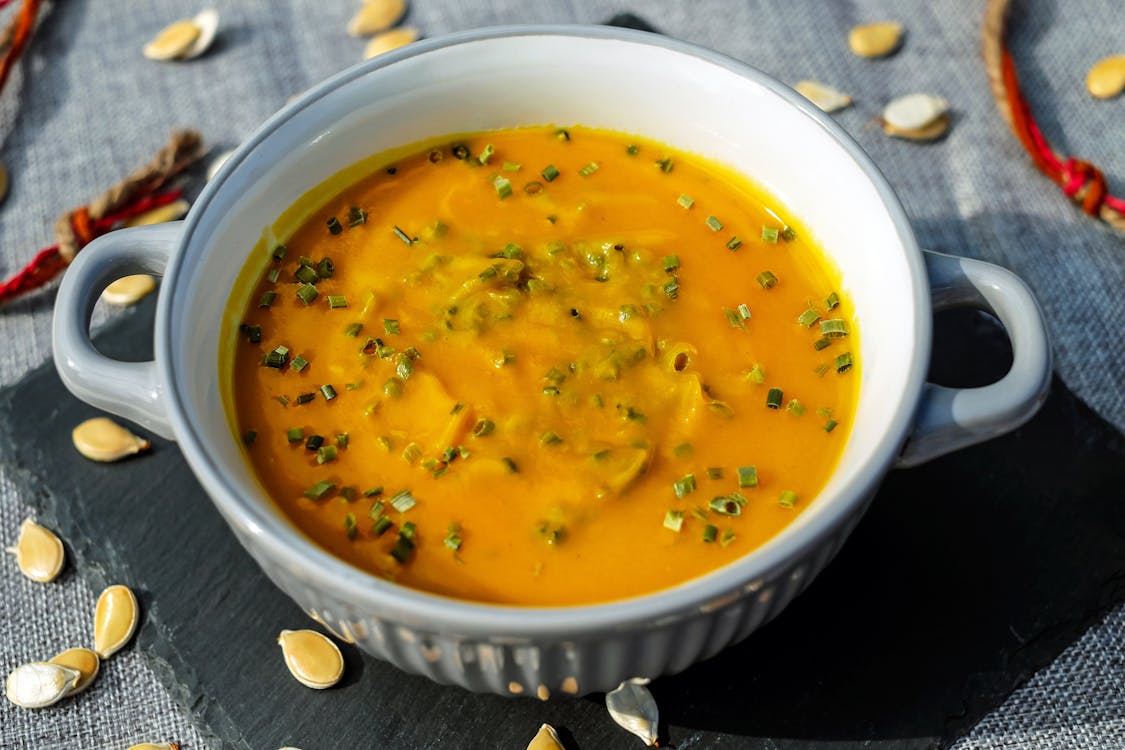Struggling to eat enough veggies on a low-carb diet? You’re not alone! It’s easy to focus on protein and healthy fats while forgetting about those nutrient-packed greens.
But vegetables bring fiber, vitamins, and a whole lot of flavor to your plate. The good news? You don’t need to eat boring salads every day.
With a few clever tricks, you can add more veggies to your meals without even noticing. You’ll learn how to do exactly that on this blog post!
1. Blend Them into Smoothies

Smoothies don’t have to be all about fruit. Toss in a handful of spinach, kale, or even frozen cauliflower for a nutrition boost.
These veggies blend seamlessly with ingredients like almond milk, nut butter, and low-carb protein powder. You won’t taste them, but your body will thank you!
If you prefer a creamy texture, avocado is a great choice. It makes your smoothie thick while adding healthy fats.
Cucumber is another great addition. It has a high water content, which helps keep smoothies light and refreshing.
If you want extra sweetness without adding sugar, a small portion of berries works well. Experiment with different combos until you find the perfect blend!
2. Swap Noodles for Veggie Alternatives
Pasta cravings? No problem! Zucchini noodles (zoodles), spaghetti squash, and shirataki noodles make great substitutes. They cut down on carbs while keeping your meals filling and satisfying.
A spiralizer can help turn veggies into noodle-like shapes, making them feel just like the real thing. Want a warm, comforting dish?
Roast spaghetti squash and scrape out the strands—it’s the perfect base for marinara sauce and meatballs.
For a heartier option, mix different veggie noodles together. Try pairing zucchini noodles with spiralized carrots or radish for extra texture and color.
If you prefer a chewier bite, sauté your veggie noodles lightly in olive oil before serving. They absorb flavors beautifully and go well with almost any sauce!
3. Use Cauliflower as a Base

Cauliflower is the king of low-carb swaps. It transforms into everything from rice to pizza crust and even mashed “potatoes.”
If you’re craving comfort food, mashed cauliflower mixed with butter and cheese makes a creamy side dish. For a simple rice alternative, pulse cauliflower in a food processor and sauté it with garlic and olive oil.
If you love crispy foods, try roasting cauliflower in the oven with seasonings like paprika, garlic powder, and parmesan cheese. It turns into a crunchy, flavorful snack.
Another idea? Use cauliflower to make a creamy soup! Just blend cooked cauliflower with broth and seasonings for a comforting, low-carb meal.
4. Stuff Veggies with Delicious Fillings
Stuffed vegetables make mealtime exciting while boosting your veggie intake. Bell peppers, zucchini, and mushrooms work great as edible containers.
Fill them with ground meat, cheese, and spices for a satisfying, low-carb dish. If you love tacos, try stuffing bell peppers with seasoned beef, avocado, and salsa.
Need a quick breakfast? Scramble eggs and cheese inside a hollowed-out mushroom cap.
You can also get creative with different fillings. For an Italian-inspired dish, stuff zucchini with ricotta cheese, ground turkey, and tomato sauce.
Want something spicy? Stuff jalapeños with cream cheese and shredded chicken. The possibilities are endless, and they make it easy to enjoy more vegetables without even thinking about it!
5. Bake Veggies into Snacks and Breads
Low-carb baking isn’t just about almond flour and eggs. Shredded zucchini and pumpkin puree add moisture and fiber to muffins, pancakes, and even brownies.
You can also make crispy veggie chips using kale, zucchini, or radishes. Just toss them with olive oil and seasonings, then bake until crunchy.
Another great option? Use eggplant or zucchini slices as a base for mini pizzas. Just top them with cheese, sauce, and your favorite toppings before baking.
These little bites pack a lot of flavor while keeping things low-carb. Baked goods and snacks made with veggies not only taste great but also keep you full longer.
6. Add Veggies to Sauces and Soups

Pureed vegetables turn soups and sauces into nutrient-rich, flavorful dishes. Blend roasted bell peppers into marinara sauce for a sweet, smoky kick.
Toss some steamed cauliflower into cheese sauce to make it extra creamy. Even tomato soup can benefit from hidden carrots or zucchini.
If you love a rich, hearty soup, try adding spinach or kale to a creamy chicken soup. It adds color, texture, and a dose of vitamins.
You can also thicken soups with pureed vegetables instead of heavy cream, making them healthier without sacrificing taste.
7. Make Veggie-Packed Scrambles and Omelets
Eggs and veggies go hand in hand. Toss a handful of spinach, mushrooms, or bell peppers into your morning scramble. You can also whip up an omelet loaded with zucchini, onions, and cheese.
These meals take minutes to prepare and keep you full for hours.
For variety, try baking eggs in a muffin tin with chopped veggies and cheese. These mini egg cups are easy to grab on busy mornings.
Another idea? Make a frittata packed with low-carb veggies like asparagus, tomatoes, and broccoli. It’s a simple way to get more greens at breakfast.
Bonus Tip: Sneak Veggies into Meat Dishes
If you cook with ground meat, mix in finely chopped veggies for extra nutrients. Mushrooms, onions, and bell peppers blend well into burgers, meatballs, and meatloaf.
This trick not only boosts the fiber content but also keeps the meat moist and flavorful.
Grated zucchini or carrots also work well in meat dishes. They add a hint of sweetness and make everything extra juicy.
If you love making casseroles, layer thin slices of eggplant or zucchini between the meat and cheese for a lasagna-style dish with fewer carbs and more flavor.
Conclusion
Eating more veggies on a low-carb diet doesn’t have to feel like a chore. From smoothies and soups to noodles and baked goods, there are plenty of ways to sneak in extra nutrition.
Even classic dishes like scrambled eggs, burgers, and pizza can be loaded with vegetables without changing the taste too much.
Want more tasty low-carb tips? Check out our latest post for more creative meal ideas. Small changes today can lead to better health and tastier meals in the long run!